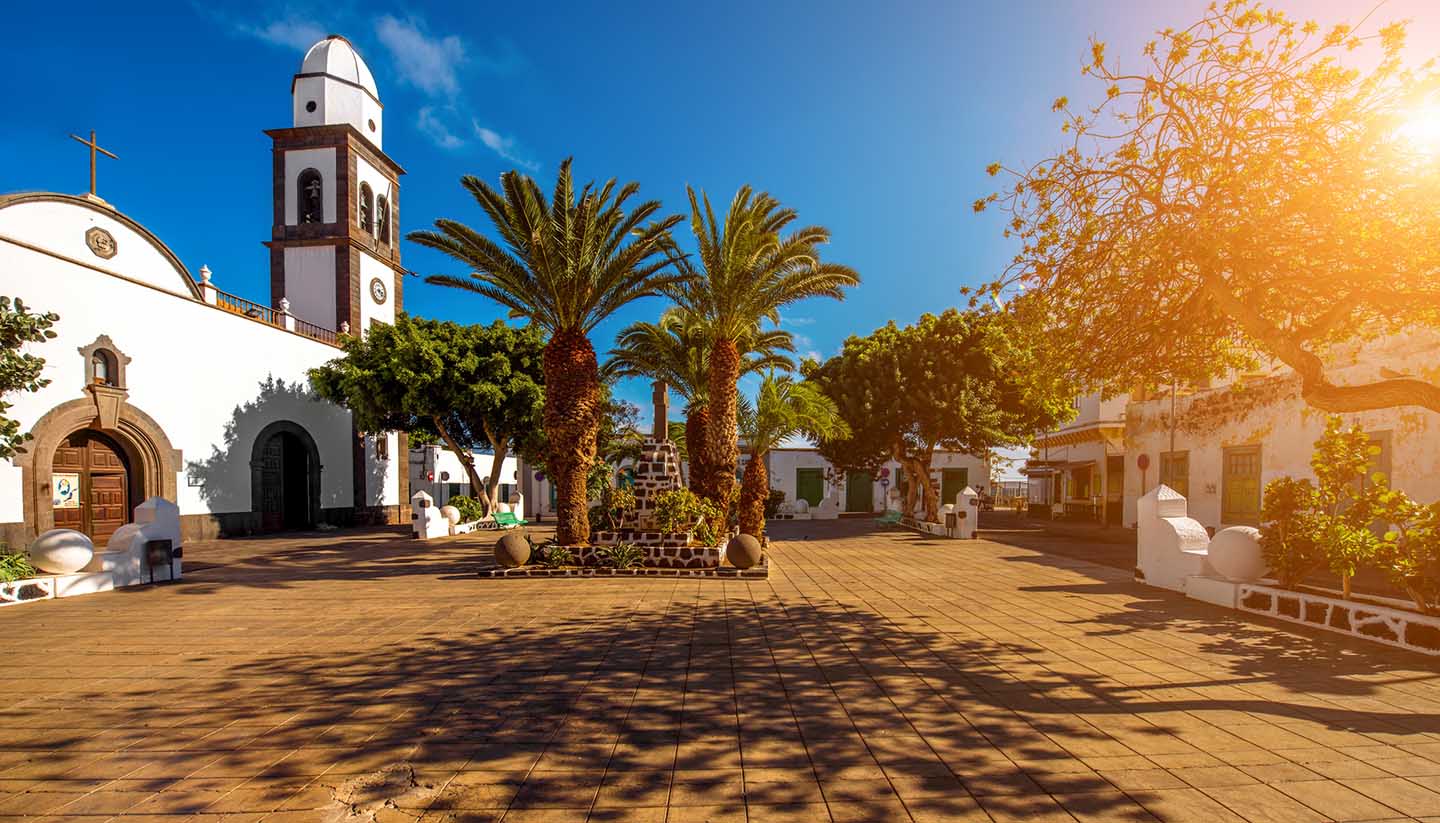Lanzarote History, Language and Culture
History of Lanzarote
The second oldest island in the Canary archipelago after Fuerteventura, Lanzarote rose from the sea during a massive volcanic eruption some 15 million years ago.
Lanzarote was first inhabited from around 1000 BC by a primitive, pastoral tribe known as Majos. Constantly struggling for survival on an island short of resources, by the time the Europeans arrived the Majos had barely progressed beyond Stone Age conditions, living in caves, wearing animal skins and herding livestock.
In 1402 Lanzarote was claimed by Juan de Béthencourt, marking the start of the Spanish conquest. After repeated pirate raids the depleted indigenous population was in no state to resist and welcomed their conquerors hoping they would bring protection against seafaring slavers.
However, despite Spanish claims to the island, French and Moroccan pirates, as well as British buccaneers, continued to raid Lanzarote, inflicting misery on the handful of hardy inhabitants who remained.
Already hard, life on the island got much worse in 1730 when it experienced one of the longest volcanic eruptions on record. For six dark years, Timanfaya billowed ash and lava, which blocked out the sunlight and destroyed a quarter of the island.
However, life on Lanzarote improved immensely after the eruption, which left behind a thick layer of rich and fertile soil – a boon for local farmers, who prospered greatly by cultivating cash crops such as sugar cane, tobacco and cereal.
By the 1970s, Lanzarote’s once thriving agricultural industry had fallen into decline; plantations were mothballed, production moved elsewhere. Luckily, the island’s fledgling tourism industry was able to pick up the slack thanks to a boom in commercial air travel – the doors to mass tourism had opened and Lanzarote has never looked back.
Did you know?
• Between 1730 and 1736, Lanzarote was under a heavy cloud of black, volcanic ash, which obscured the sun for six long years.
• When pirates attacked the island during the 16th and 17th centuries, locals hid in the volcanic tubes of Cueva de Los Verdes, only emerging when the coast was, quite literally, clear.
• In 2012 a scientific marine expedition found 15 fossilised teeth, which showed that the waters off La Graciosa were home to the largest predator that ever existed: the 20m-long (65.5ft), 100-tonne Megalodon shark, which has been extinct for approximately 3 million years.
Lanzarote Culture
Religion in Lanzarote
There is no official religion, but the majority of the population is Roman Catholic.
Social Conventions in Lanzarote
Spanish life has undergone rapid change in recent decades and many of the stricter religious customs are giving way to more modern manners, particularly in the cities and among women. In spite of this, traditions remain strong; hospitality, chivalry and courtesy thrive.
Handshaking is the customary form of greeting between men, while women to whom one has already been introduced may be greeted with a fleeting kiss to either cheek. Normal social courtesies should be observed when visiting someone's home and a small gift is always appreciated. The evening meal is taken late, generally 2100-2200. The Spanish have two family names; the maternal surname follows the paternal, but is rarely used outside a formal context.
Conservative casual wear is widely acceptable. A black tie is only necessary for very formal occasions and is usually specified if required. Outside resorts, scanty beachwear should be confined to beach or poolside.
Smoking has long been banned in offices, shops, schools, hospitals, cultural centres and on public transport, but in 2011 that ban was extended to all bars, cafes and restaurants. Spain now has one of the toughest anti-smoking laws in Europe.
Language in Lanzarote
The principal language is Spanish.


